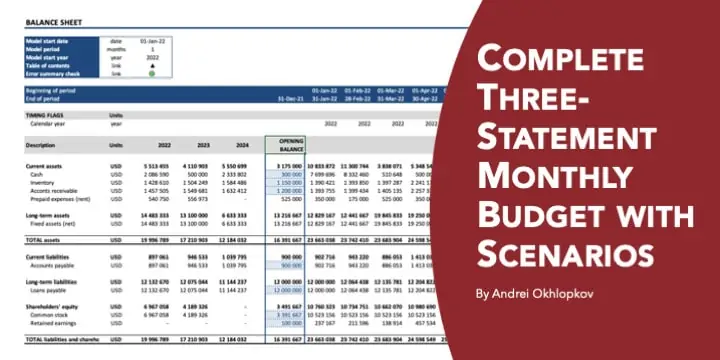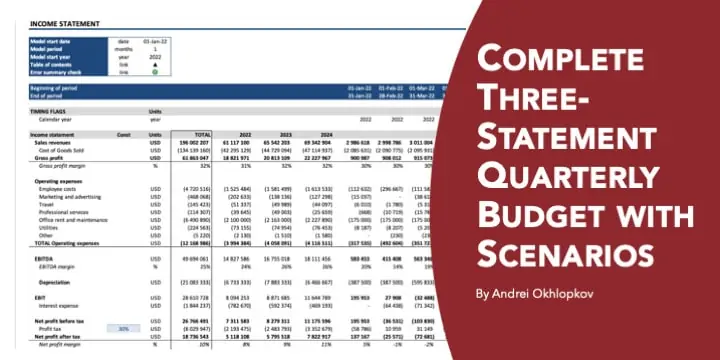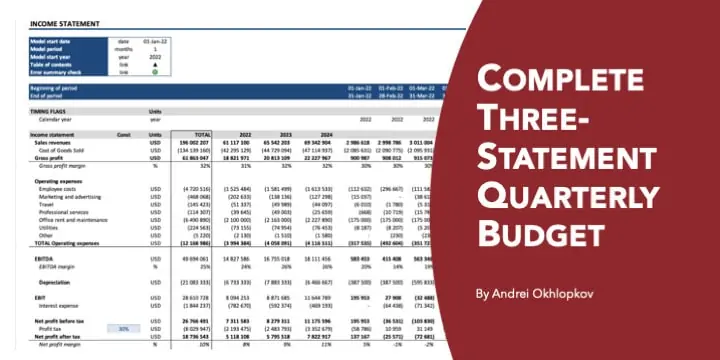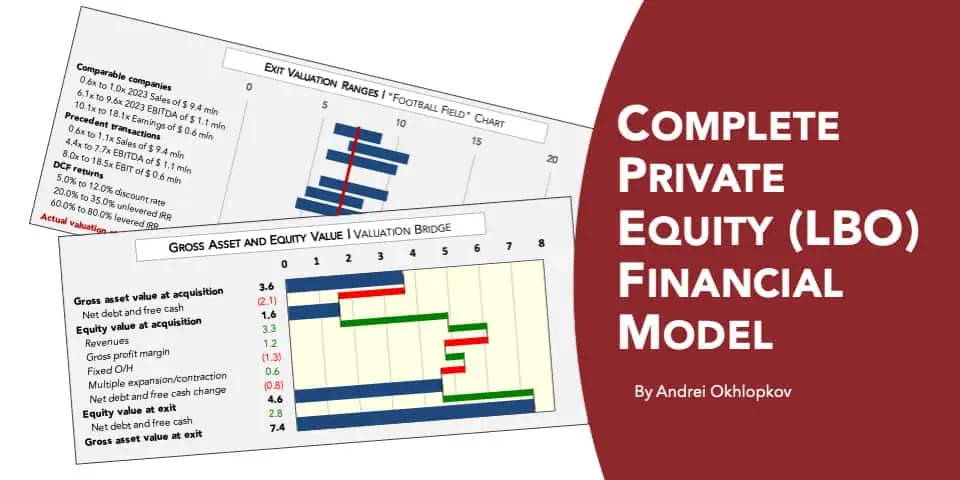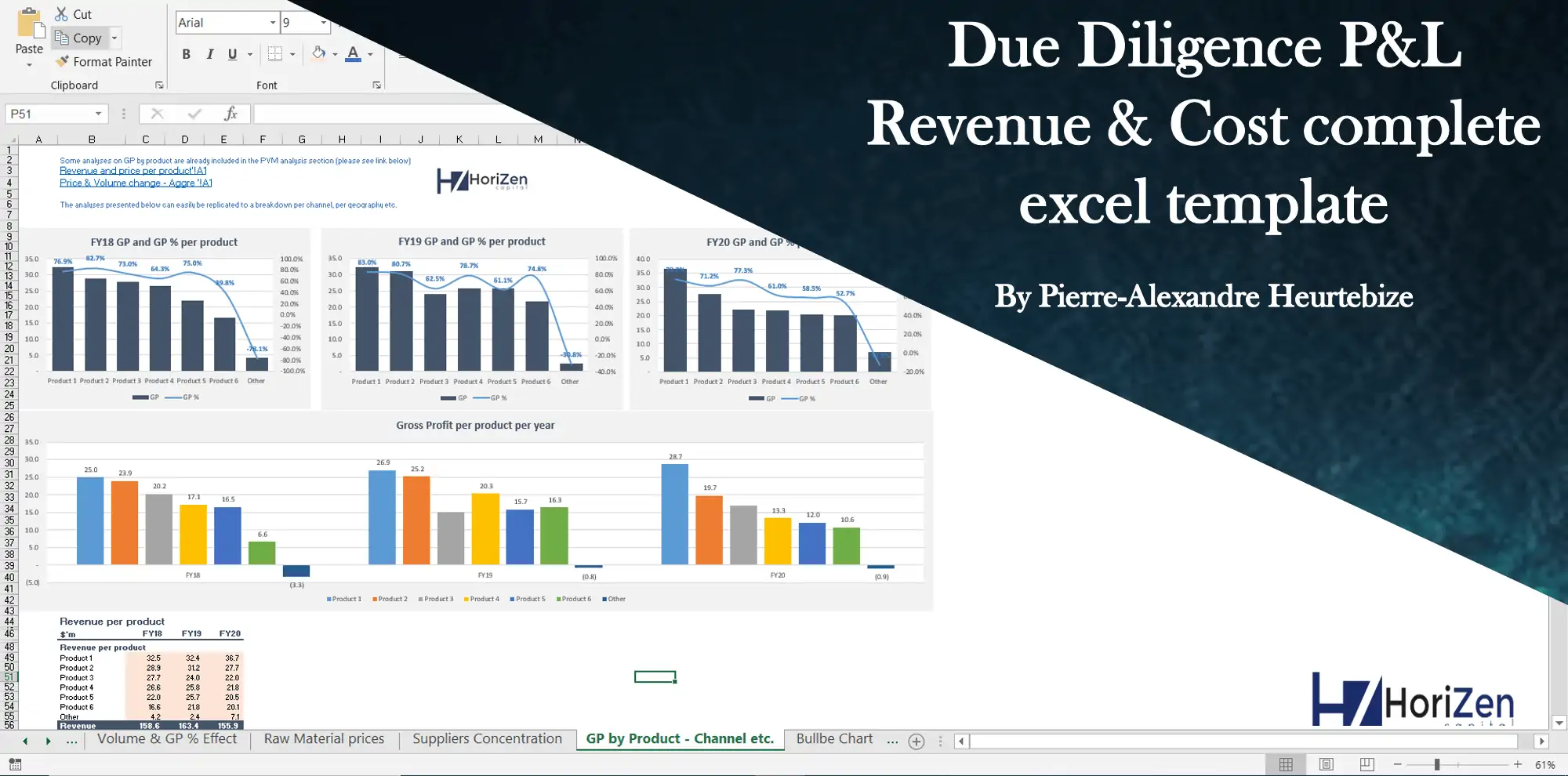Analyzing Data in Excel
In this post I have collected a handful of techniques for working with data in Excel: looking up values in tables, matching text or numbers in the lists and extracting corresponding values from neighboring columns, querying specific data, aggregating the amounts based on certain conditions or a number of criteria, making lists and summaries, doing statistical analysis based on these criteria, etc.

| All Industries, Financial Model, General Excel Financial Models |
| eBook, Excel, Financial Due Diligence, Financial Modeling, Financial Reporting, Free Financial Model Templates |
In this post, I have collected a handful of techniques for working with data in Excel: looking up values in tables, matching text or numbers in the lists and extracting corresponding values from neighboring columns, querying specific data, aggregating the amounts based on a certain condition or a number of criteria, making lists and summaries, doing statistical analysis based on these criteria, etc.
From a financial modeling standpoint, these techniques will help collect and analyze data at the due diligence stage (I am giving a practical example of how to make an extract from somewhat a messy accounting system of a fictitious investment target).
If you are an in-house accountant or analyst, the methods I am going to describe will help you make even the existing system more informative and analytical with no additional resources (I will give an example on this too).
I have tied my examples to the automotive industry (in which I have spent quite some years). However, these examples are very generic and flexible and can certainly be adjusted to any other industry or specific analytical requirements.
Similar Products
Other customers were also interested in...
Complete Three-Statement Monthly Budget with Scena...
This is a comprehensive set of templates that will help you build your budget. The templates are bui... Read more
Complete Three-Statement Quarterly Budget with Sce...
This is a comprehensive set of templates that will help you build your budget. The templates are bui... Read more
Complete Three-Statement Quarterly Budget
This is a comprehensive set of templates that will help you build your budget. The templates are bui... Read more
Complete Three-Statement Monthly Budget
This is a comprehensive set of templates that will help you build your budget. The templates are bui... Read more
Complete Private Equity (LBO) Financial Model
This is a professional financial model which performs a thorough assessment of a private equity proj... Read more
Private Equity Fund Model (Investor Cashflows)
Private Equity Financial Model to analyze fund cashflows and returns available to Limited Partners (... Read more
All My Financial Models, Spreadsheets, Templates, ...
Lifetime access to all future templates as well! Here is a set of spreadsheets that have some of the... Read more
Due Diligence P&L – Exhaustive Revenue a...
Model for in depth understanding of high level profit and loss and revenue analysis. Big-4 like chec... Read more
Advanced Financial Model with DCF & Valuation
General Overview Advanced Financial Model suitable for any type of business/industry and fully cu... Read more
Startup Company Financial Model – 5 Year Fin...
Highly-sophisticated and user-friendly financial model for Startup Companies providing a 5-Year adva... Read more
You must log in to submit a review.



